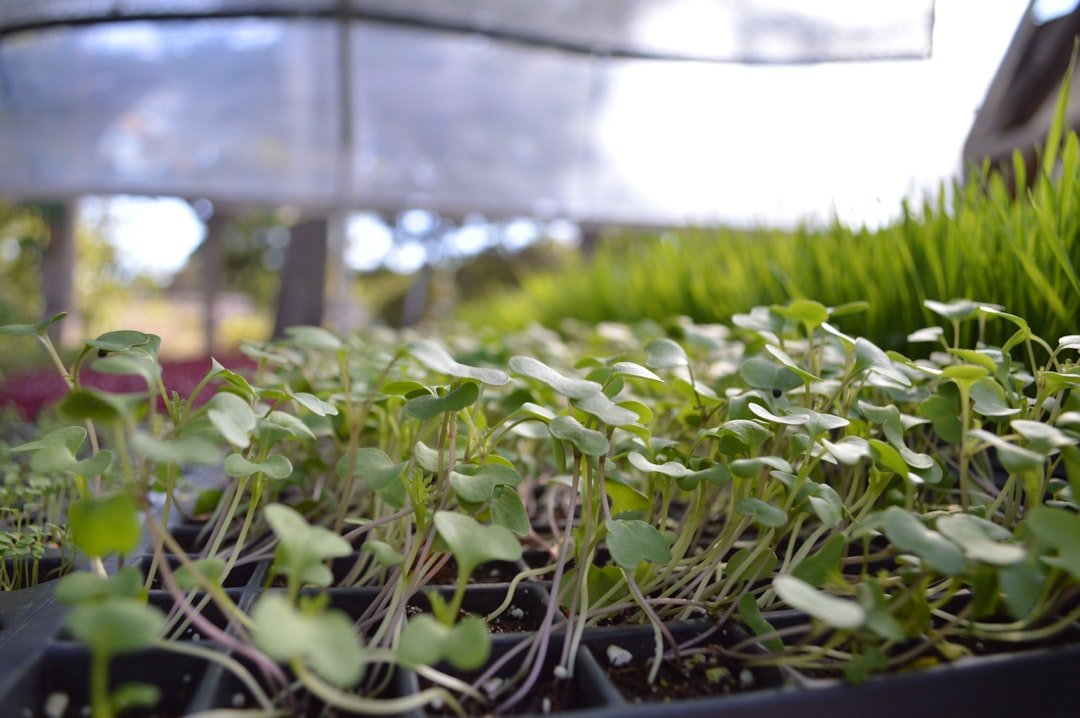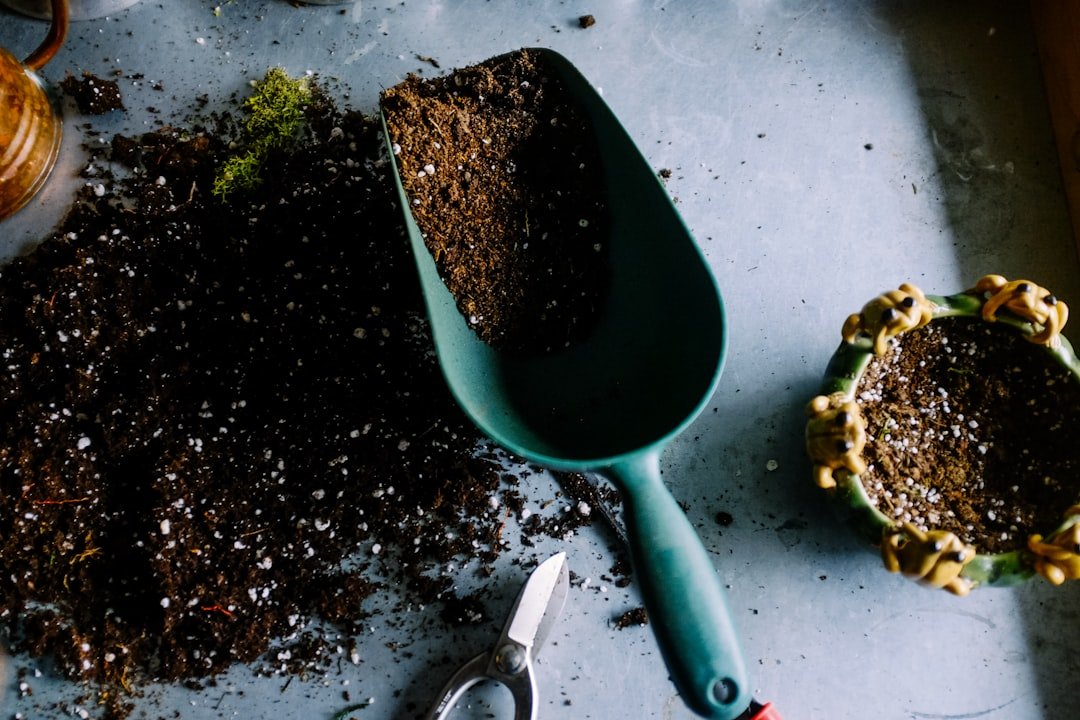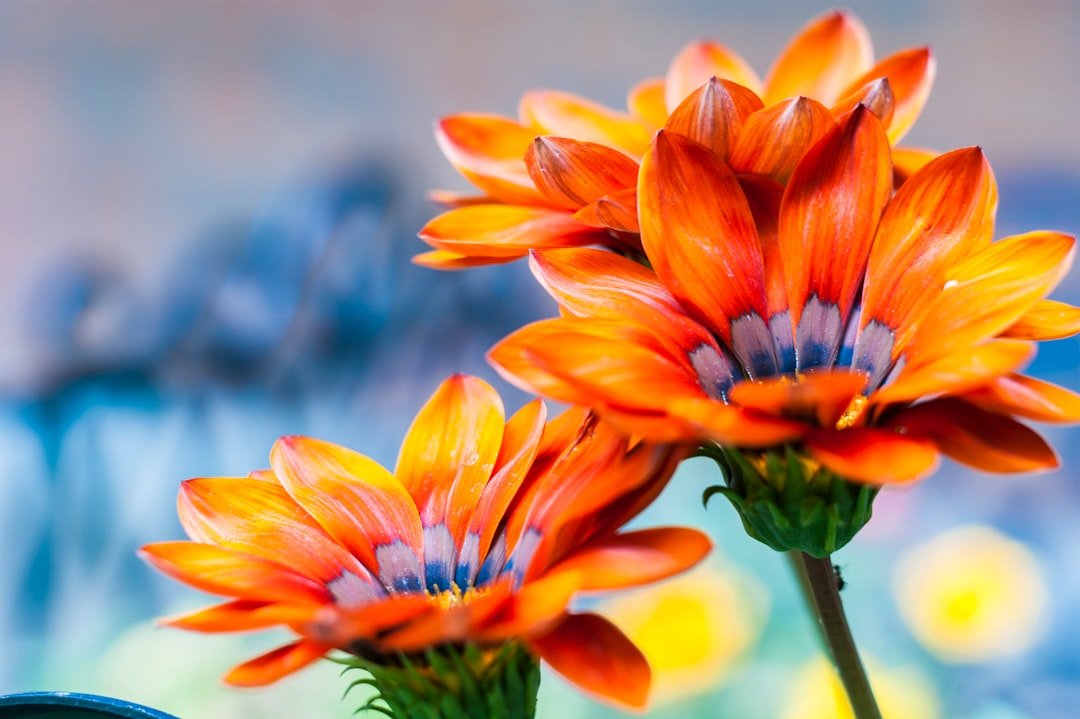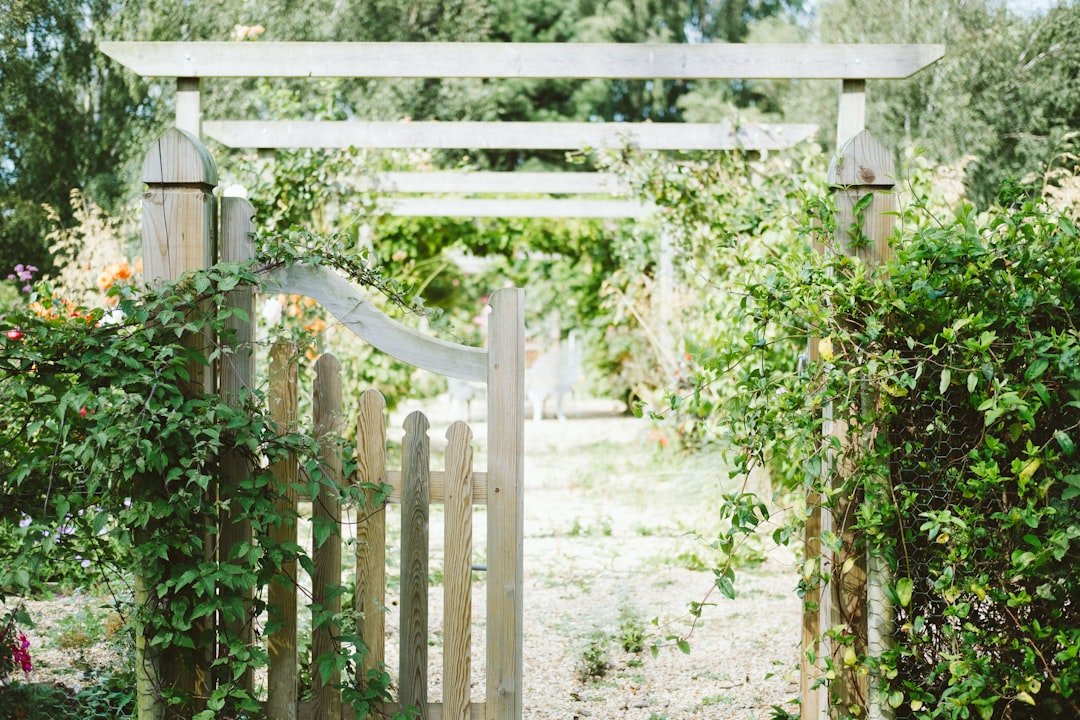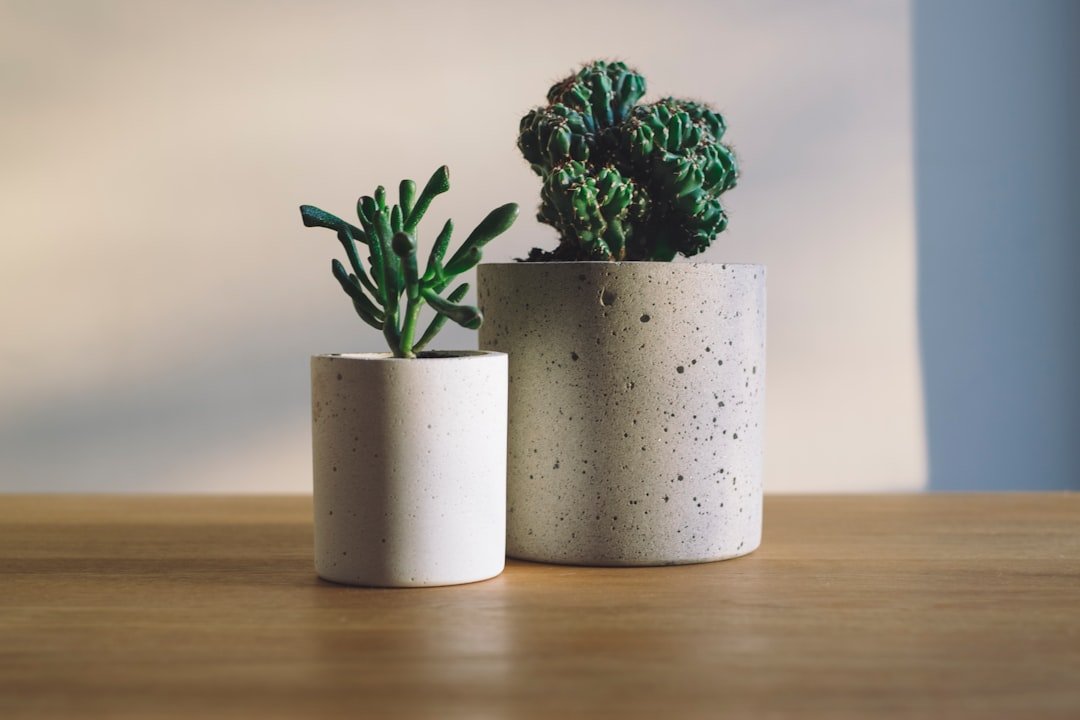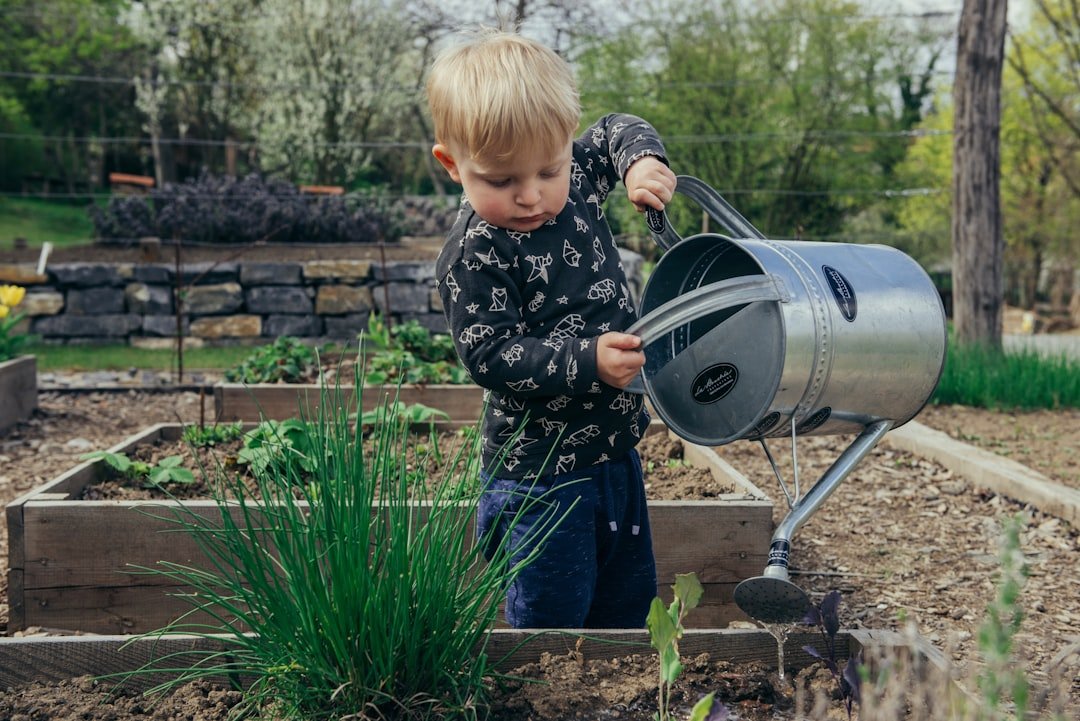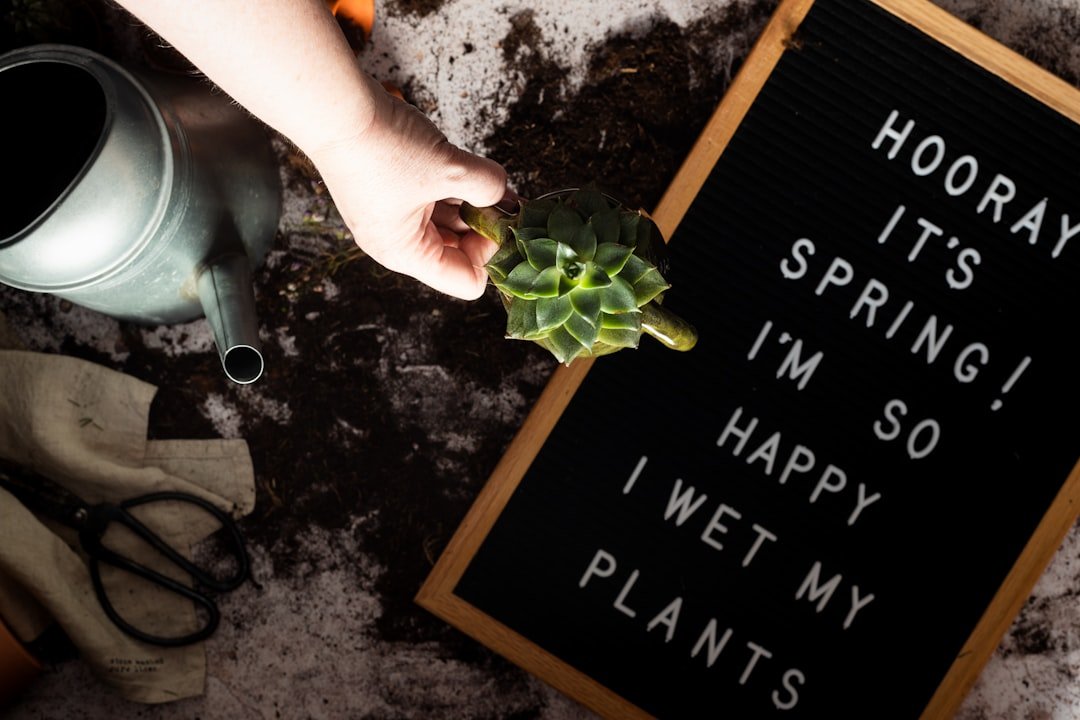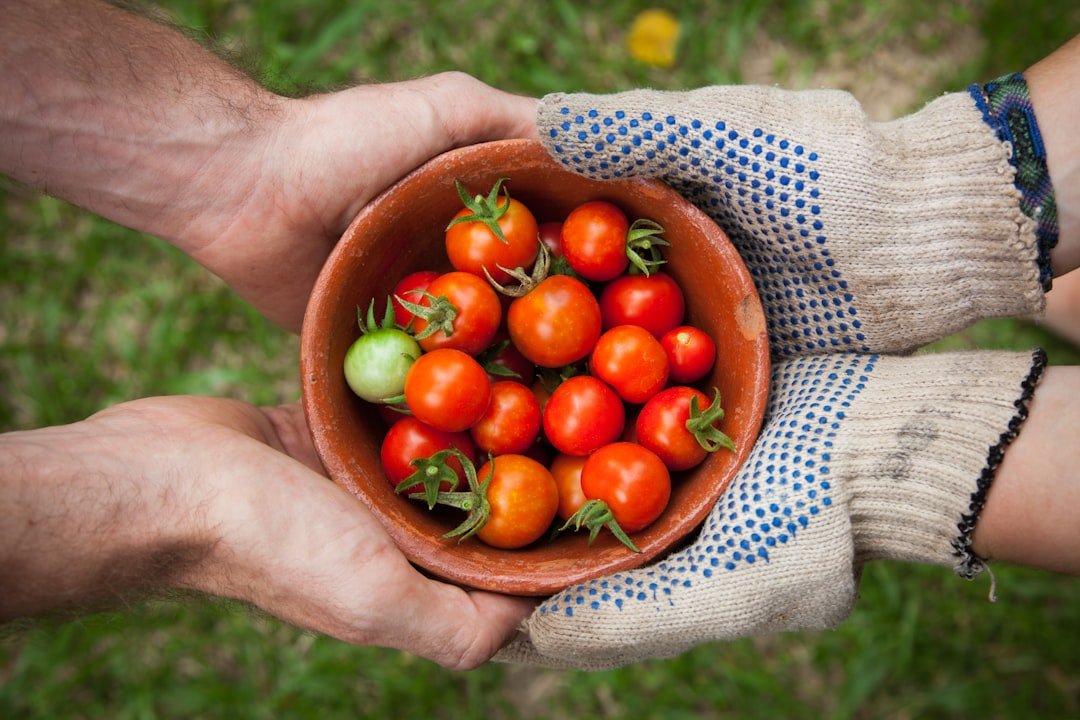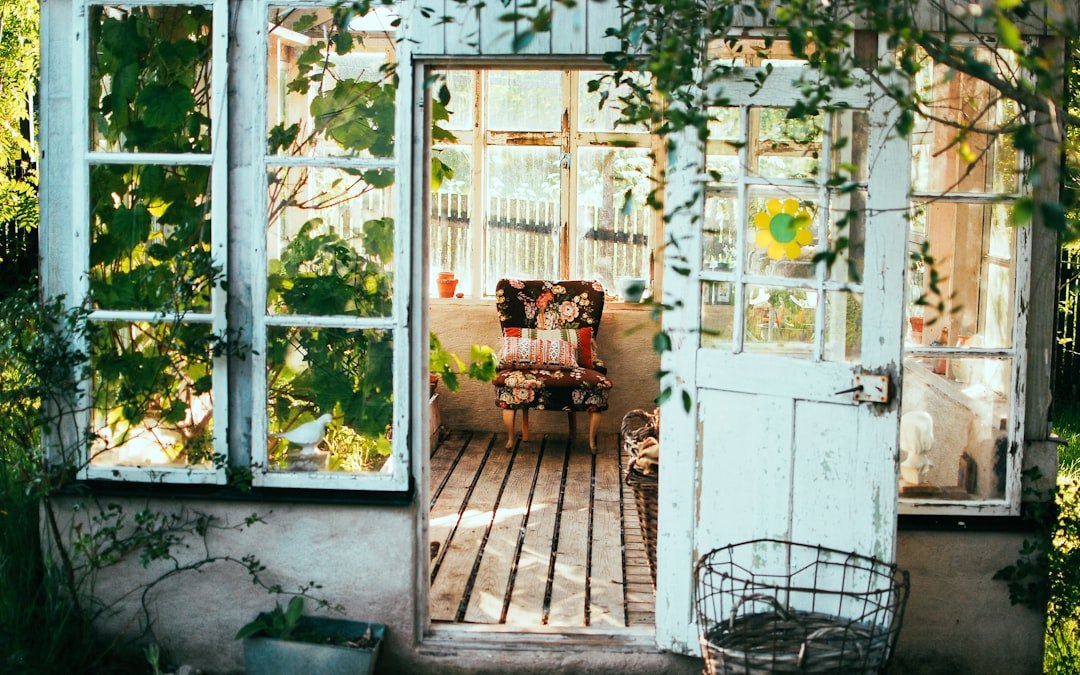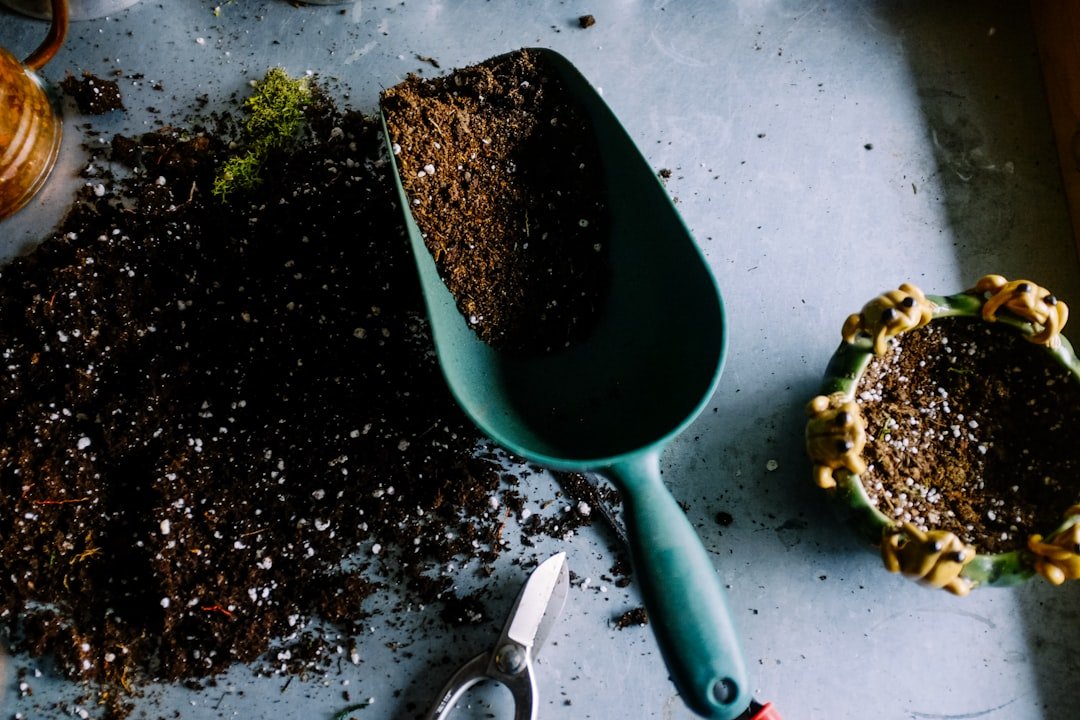Gardening in Oklahoma can be a rewarding and fulfilling hobby, but it also comes with its challenges. One of the most important factors to consider when planning your garden is your plant hardiness zone. Plant hardiness zones are determined by the average annual minimum temperature in a specific area, and they help gardeners determine which plants are most likely to thrive in their region. In Oklahoma, where the climate can vary greatly from one part of the state to another, knowing your plant hardiness zone is crucial for successful gardening.
Key Takeaways
- Plant hardiness zones are important for Oklahoma gardeners because they help determine which plants will thrive in their area.
- To determine your plant hardiness zone in Oklahoma, use the USDA Plant Hardiness Zone Map and enter your zip code.
- Understanding the climate and soil conditions in your Oklahoma zone is crucial for successful gardening.
- Some of the best plants and vegetables to grow in Oklahoma’s Zone 7a include tomatoes, peppers, and okra.
- Tips for successful gardening in Oklahoma’s Zone 6b include planting cool-season crops in the fall and using mulch to retain moisture.
- When choosing trees and shrubs for your Oklahoma landscape, consider factors such as size, growth rate, and drought tolerance.
- Dealing with Oklahoma’s extreme weather conditions in your garden may require protective measures such as covering plants during freezes or providing shade during heat waves.
- To extend your growing season in Oklahoma’s zone, consider using season extenders such as row covers or cold frames.
- Watering and irrigation strategies for Oklahoma gardeners should take into account factors such as soil type, plant needs, and water conservation.
- Maintaining a beautiful and healthy garden in Oklahoma’s zone requires regular maintenance tasks such as pruning, fertilizing, and pest control.
What is a Plant Hardiness Zone and Why is it Important for Oklahoma Gardeners?
Plant hardiness zones are a way to categorize different regions based on their average annual minimum temperature. The United States Department of Agriculture (USDA) has developed a map that divides the country into 13 different zones, with Zone 1 being the coldest and Zone 13 being the warmest. Each zone is further divided into subzones, labeled with letters A and B, to account for smaller temperature variations within the zone.
Knowing your plant hardiness zone is important for Oklahoma gardeners because it helps you choose plants that are most likely to survive and thrive in your specific climate. Different plants have different temperature requirements, and planting something that is not suited to your zone can result in poor growth or even death of the plant. By selecting plants that are well-suited to your zone, you increase your chances of having a successful and beautiful garden.
How to Determine Your Plant Hardiness Zone in Oklahoma?
Determining your plant hardiness zone in Oklahoma is relatively easy. The USDA provides an interactive map on their website where you can enter your zip code and find out which zone you are in. Alternatively, you can consult a printed version of the USDA plant hardiness zone map, which is available at many gardening centers and nurseries.
To determine your zone, you will need to know the average annual minimum temperature in your area. This information can usually be found on weather websites or by contacting your local agricultural extension office. Once you have this information, you can compare it to the USDA map to find your zone.
Understanding the Climate and Soil Conditions in Your Oklahoma Zone
| Climate Factors | Soil Conditions | Metrics |
|---|---|---|
| Average Temperature | Soil pH | 7.2 |
| Precipitation | Soil Type | Loam |
| Humidity | Organic Matter | 2.5% |
| Wind Speed | Drainage | Good |
| Sunlight | Nutrient Content | Medium |
Oklahoma’s climate can vary greatly depending on which part of the state you are in. The western part of the state tends to be drier and more arid, while the eastern part is more humid and receives more rainfall. Overall, Oklahoma has a continental climate with hot summers and cold winters.
The soil conditions in Oklahoma also vary depending on the region. The western part of the state has sandy soils, while the eastern part has more clay soils. Both types of soil have their own challenges when it comes to gardening. Sandy soils drain quickly and can be prone to drought, while clay soils hold water and can become compacted.
These climate and soil conditions can greatly affect plant growth and health. It is important to choose plants that are well-suited to your specific conditions. For example, if you have sandy soil, you may want to choose plants that are drought-tolerant and can thrive in well-drained soil.
Best Plants and Vegetables to Grow in Oklahoma’s Zone 7a
In Oklahoma’s Zone 7a, there are many plants and vegetables that thrive. Some popular choices for this zone include tomatoes, peppers, cucumbers, and squash. These warm-season vegetables require full sun and well-drained soil to grow successfully.
When it comes to flowers, some good choices for Zone 7a include daylilies, coneflowers, black-eyed Susans, and daisies. These perennials are hardy and can withstand the hot summers and cold winters of Oklahoma.
To ensure success with these plants, it is important to provide them with the right growing conditions. This includes providing adequate water, fertilizing regularly, and protecting them from pests and diseases.
Tips for Successful Gardening in Oklahoma’s Zone 6b

Gardening in Oklahoma’s Zone 6b comes with its own set of challenges. This zone has colder winters and shorter growing seasons compared to Zone 7a. However, with the right techniques and plant selection, it is still possible to have a successful garden.
One of the main challenges in Zone 6b is the risk of late spring frosts. To protect your plants from frost damage, you can use techniques such as covering them with blankets or using row covers. It is also important to choose plants that are cold-hardy and can withstand the colder temperatures.
Another challenge in Zone 6b is the shorter growing season. To make the most of your growing season, you can start seeds indoors and transplant them outside once the danger of frost has passed. You can also choose early-maturing varieties of vegetables and flowers that can be harvested before the first frost.
Choosing the Right Trees and Shrubs for Your Oklahoma Landscape
When choosing trees and shrubs for your Oklahoma landscape, there are several factors to consider. First, you should consider the mature size of the plant and make sure it will fit in your space. You should also consider the soil conditions in your area and choose plants that are well-suited to those conditions.
Some good choices for trees in Oklahoma include oak, maple, and redbud. These trees are native to the region and can withstand the extreme weather conditions.
For shrubs, some good choices include butterfly bush, spirea, and viburnum. These shrubs are hardy and can provide color and interest to your landscape throughout the year.
Dealing with Oklahoma’s Extreme Weather Conditions in Your Garden
Oklahoma is known for its extreme weather conditions, including hot summers, cold winters, and severe storms. These weather conditions can pose challenges for gardeners, but there are ways to protect your garden and minimize damage.
One of the most important things you can do is to provide adequate water to your plants. Oklahoma can experience periods of drought, so it is important to water your plants regularly, especially during dry spells. Mulching around your plants can also help retain moisture in the soil.
To protect your garden from severe storms, you can use techniques such as staking tall plants, securing containers, and bringing potted plants indoors during storms. It is also a good idea to have a plan in place for protecting your garden in the event of a tornado or other severe weather event.
How to Extend Your Growing Season in Oklahoma’s Zone
In Oklahoma’s Zone 7a, it is possible to extend the growing season and continue gardening into the fall and winter months. There are several techniques you can use to achieve this.
One technique is to use row covers or cold frames to protect your plants from frost and cold temperatures. These structures create a microclimate around your plants and can help keep them warm during colder months.
Another technique is to choose cold-tolerant vegetables and flowers that can withstand colder temperatures. Some good choices include kale, spinach, and pansies. These plants can continue to grow and produce even as temperatures drop.
Watering and Irrigation Strategies for Oklahoma Gardeners
Water is a precious resource in Oklahoma, and it is important for gardeners to use it wisely. There are several strategies you can use to conserve water while still keeping your garden healthy.
One strategy is to water deeply and infrequently. This encourages plants to develop deep root systems, which can help them withstand drought conditions. It is also important to water in the early morning or late evening when evaporation rates are lower.
Using mulch around your plants can also help conserve water by reducing evaporation and suppressing weed growth. Additionally, using drip irrigation or soaker hoses can deliver water directly to the roots of your plants, reducing water waste.
Maintaining a Beautiful and Healthy Garden in Oklahoma’s Zone
Maintaining a beautiful and healthy garden in Oklahoma’s zones requires regular care and attention. Some tips for maintaining your garden year-round include:
– Regularly watering and fertilizing your plants
– Pruning and trimming trees and shrubs as needed
– Removing weeds and pests
– Monitoring for signs of disease or nutrient deficiencies
– Mulching around your plants to conserve moisture and suppress weeds
Common problems in Oklahoma gardens include pests such as aphids, spider mites, and grasshoppers, as well as diseases such as powdery mildew and root rot. It is important to identify and address these problems early to prevent them from spreading and causing further damage.
Knowing your plant hardiness zone is crucial for successful gardening in Oklahoma. By understanding the climate and soil conditions in your zone, choosing the right plants, and implementing proper care techniques, you can create a beautiful and thriving garden. While there may be challenges along the way, with the right knowledge and preparation, you can overcome them and enjoy the rewards of a successful garden.
If you’re an avid gardener in Oklahoma, you may be wondering what gardening zone is best suited for your region. Understanding your gardening zone can help you choose the right plants and ensure their success. In a recent article by Hathai.in, they provide a comprehensive guide on gardening zones in Oklahoma and how to determine which zone you fall into. The article offers valuable insights and tips for Oklahoma gardeners, making it a must-read for anyone looking to create a thriving garden in the Sooner State. Check out the article here to learn more about gardening zones in Oklahoma.








